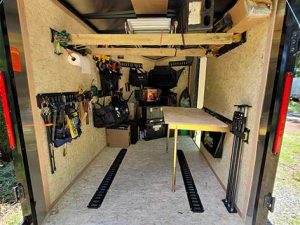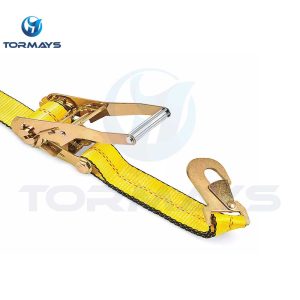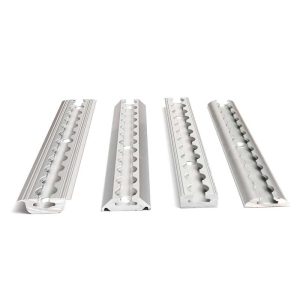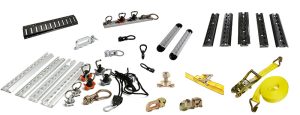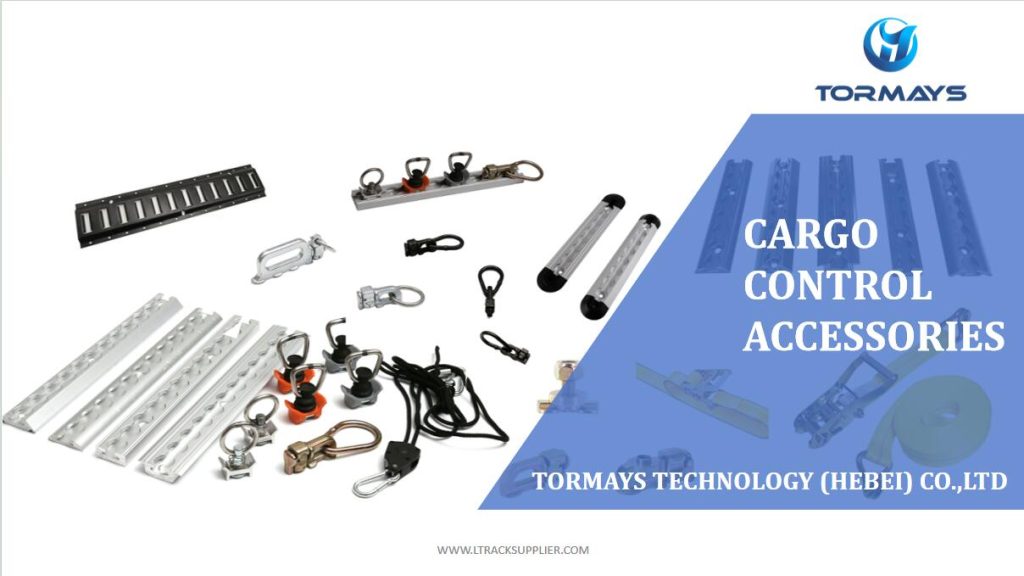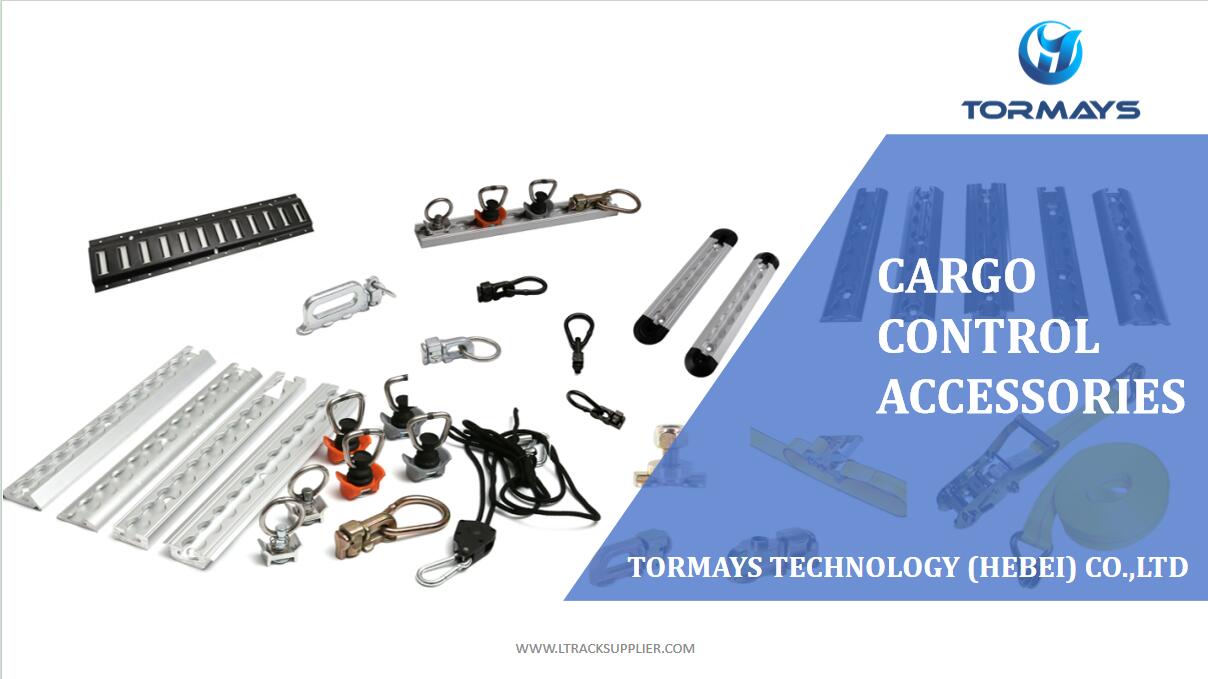Transporting cargo can be challenging without the right equipment. Load securing rail systems offer a reliable solution for keeping cargo safe and stable during transport. Whether you’re a logistics professional or a truck owner, understanding how these systems work can significantly enhance safety and efficiency. In this guide, we’ll explore the benefits, components, and applications of load securing rail systems.
What is a Load Securing Rail System?
A load securing rail system consists of rails installed on vehicle floors or walls, combined with anchors or fittings to secure cargo. These systems are commonly used in trucks, vans, and trailers to ensure that goods remain in place during transit.
Key Components:
1. Rails (L-Track and E-Track): Mounted on vehicle surfaces to create attachment points.
2. Fittings and Anchors: Attach to the rails and connect with tie-down straps or cargo nets.
3. Tie-Down Straps: Use hooks or clips to secure cargo firmly.
Types of Load Securing Rail Systems
1. L-Track Systems:
– Versatile and easy to install.
– Commonly used in trucks and vans.
– Ideal for securing smaller or irregularly shaped loads.
2. E-Track Systems:
– Offer a broader surface area.
– Suitable for heavy-duty applications.
– Frequently found in enclosed trailers.
Benefits of Using Load Securing Rail Systems
– Enhanced Safety: Prevents cargo from shifting, reducing the risk of accidents.
– Flexibility: Adjustable fittings allow you to secure various load sizes.
– Durability: Made from strong materials like steel or aluminum, these systems withstand heavy use.
– Cost-Efficiency: Protects cargo from damage, minimizing potential losses.
Installation Tips
1. Choose the Right Location: Install rails on flat, reinforced surfaces.
2. Measure Accurately: Ensure rails align properly to support different cargo sizes.
3. Secure Rails Firmly: Use heavy-duty screws or bolts for maximum stability.
Common Applications
– Commercial Transport: Essential for delivery trucks and trailers.
– Personal Use: Ideal for moving household items in vans.
– Specialty Vehicles: Used in ambulances and utility vehicles for equipment stabilization.
Maintenance and Safety Checks
– Regular Inspections: Check rails and fittings for signs of wear or damage.
– Clean Rails: Keep rails free from debris to ensure fittings lock securely.
– Test Fittings: Ensure all anchors and straps function correctly before each trip.
Final Thoughts
Load securing rail systems are an indispensable tool for safe and efficient cargo transport. By investing in quality systems and following proper installation and maintenance practices, you can protect your cargo and improve transport efficiency.
Whether you’re managing a large fleet or using a single truck, understanding load securing rail systems will help you transport goods safely and reliably.
Call to Action
Need reliable load securing rail systems? Explore our range of high-quality solutions designed for every cargo control need. Contact us today to learn more!

